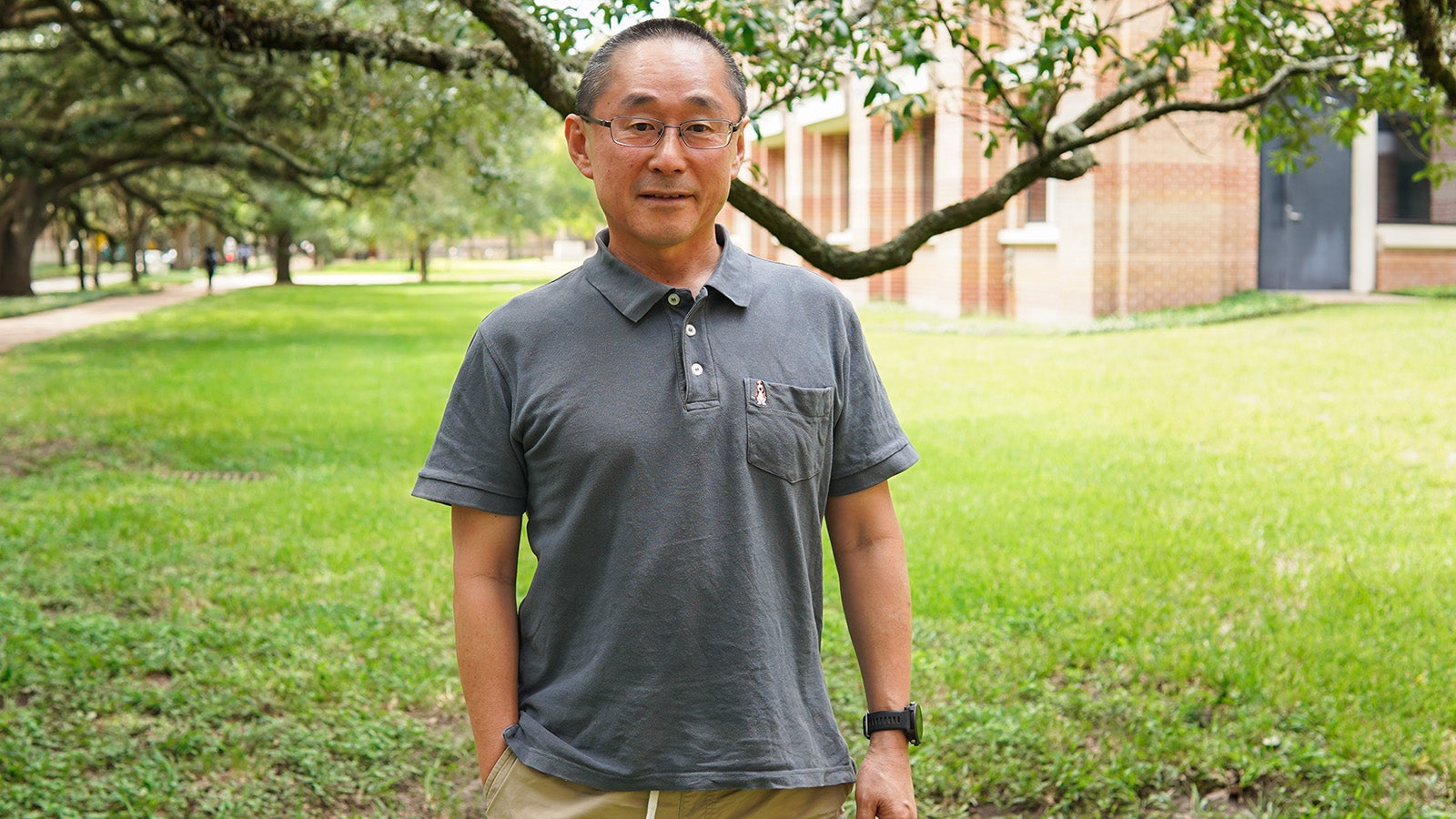A team of researchers, including Junichiro Kono, the Karl F. Hasselmann Chair in Engineering and professor of electrical and computer engineering (ECE) at Rice, has received a $1.5 million PIRE (Partnerships for International Research and Education) grant from the National Science Foundation to support international research and education.
The project is called JUNCTION: Japan-US Network for Clean Energy Technologies Involving Oriented Nanotubes.
“Some of the new clean-energy technologies, including solid-state cooling devices and lightweight power transmission cables, will improve energy efficiency and reduce greenhouse gas emissions,” said Geoff Wehmeyer, assistant professor of mechanical engineering (MECH) at Rice and principal investigator. “Aligned carbon nanotube materials will enable these technologies, but international collaborative research is required to achieve their potential.”
The project’s goal is to build partnerships between Japan-based and U.S.-based researchers who are investigating the performance of large-scale materials made from oriented carbon nanotubes.
“Our collaborations with Japanese researchers will permit U.S.-based students from universities in Texas, Utah and New York to leverage unique research facilities and build deep technical and cultural connections,” Wehmeyer said.
Alongside Kono the project’s U.S.-based collaborators include Naoko Ozaki, lecturer in Japanese at Rice; Matteo Pasquali, the A.J. Hartsook Professor of chemical and biomolecular engineering at Rice; Weilu Gao, assistant professor of ECE at the University of Utah; and Vasili Perebeinos, professor of electrical engineering at the University at Buffalo.
Kono has previously received two PIRE grants and adds JUNCTION to his list of projects, including NanoJapan and TOMODACHI-STEM@Rice.
NanoJapan (2006-15) was an international summer research internship program for U.S. undergraduate students, and was recognized by the Institute for International Education in 2008 as a “Best Practice in Study Abroad” for expanding international research opportunities for U.S. science and engineering students.
TOMODACHI-STEM@Rice is a program for female Japanese undergraduates, with support from the U.S.-Japan Council. Held on the Rice campus, it enables students to gain real-world experience with scientific research, offers an introduction to U.S. higher education, and provides opportunities for cultural engagement and collaboration with U.S. students.
The JUNCTION project will support international research and cultural opportunities for Houston-area community college students and high-school science teachers, and teachers in Japan. Such a network of researchers, Wehmeyer said, “will serve as a launching pad for sustained global research and education in the field of clean energy transformation. The Japanese culture and language programs will also highlight the collaborations between Engineering and Humanities at Rice.”
The properties of single CNTs are well established, but scaling them for larger applications will require answers to fundamental questions regarding electronic and thermal transport at the junctions between individual CNTs and between bundles of CNTs.
“Our multidisciplinary team will use a suite of experimental and theoretical methods to address these open questions regarding the mechanisms of photon, exciton, phonon, and electron/hole transport among aligned CNTs,” Wehmeyer said.
The plan is to leverage these mechanisms when designing energy-conversion, energy-transmission and thermal-management devices. The project’s specific objectives include demonstrating chiral thermophotovoltaic and solid-state radiative cooling devices using thermal emission from oriented CNT films.
Also, Wehmeyer’s group plans to demonstrate the efficacy of clean energy thermal management strategies using aligned CNTs with high thermal conductivity and high thermoelectric power factor, and of high-electrical conductivity CNT fibers for lightweight, high-strength, high-ampacity power transmission.
“If we’re successful, the new knowledge generated in this work will permit engineers and scientists to scale up these aligned nanotube technologies in support of the clean energy technology sector,” Wehmeyer said.
The proposed work builds on results from seed funding and collaborations enabled by Rice’s Carbon Hub, which focuses on developing advanced carbon materials for the energy transition.

